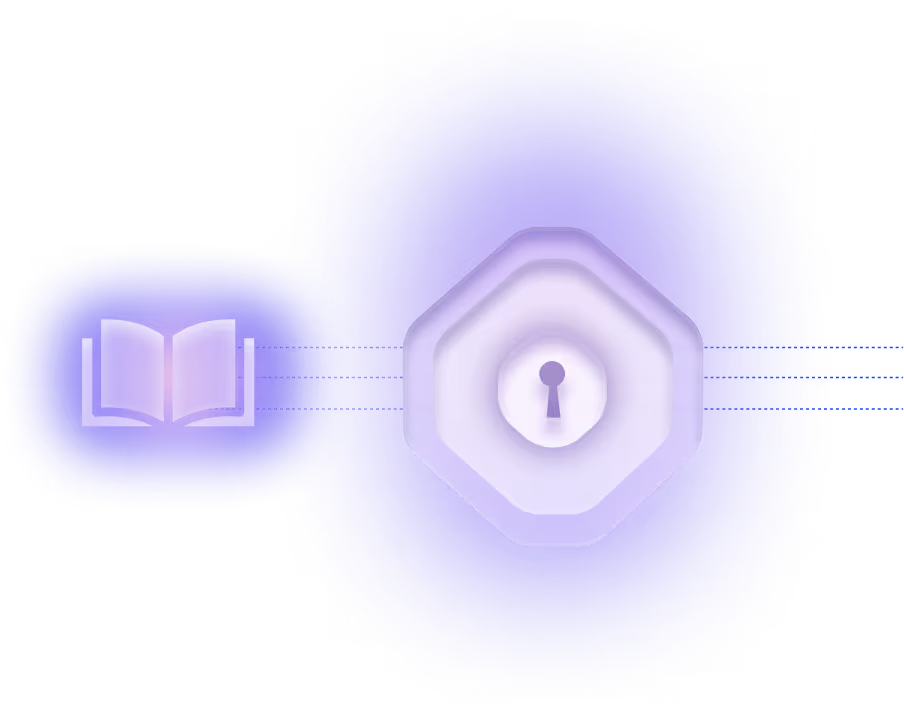MSA Key

What is an MSA Key?
An MSA Key (Microsoft Services Account Key) is a cryptographic signing key used within Microsoft’s identity infrastructure to authenticate users and services—particularly those associated with consumer Microsoft accounts such as Outlook.com. These keys are part of the Public Key Infrastructure (PKI) that Microsoft uses to issue and validate tokens, enabling both human and non-human identities (NHIs)—like service accounts, APIs, and automated processes—to securely access Microsoft services. Unlike keys managed in Azure Active Directory (Azure AD) for enterprise tenants, MSA Keys historically resided in separate systems with differing lifecycle and rotation procedures.
Why is it important?
MSA Keys play a foundational role in enabling token-based authentication across distributed cloud systems. Their security is critical because they enable the issuance of access tokens for NHIs at scale. When mismanaged, they can become powerful tools for attackers. This was illustrated in the 2023 Storm-0558 breach, where a deprecated but still-active MSA Key was used to forge authentication tokens and access U.S. government email accounts. This incident emphasized the risks of long-lived secrets, improper offboarding, and lack of architectural isolation between consumer and enterprise authentication systems.
What are common applications or use cases?
MSA Keys are typically used to sign tokens that authenticate NHIs and services accessing Microsoft consumer identity endpoints. In practice, these keys facilitate seamless machine-to-machine communication within Microsoft’s ecosystem—enabling background services, automated workflows, and third-party applications to authenticate without user interaction. However, in environments where NHIs span both consumer and enterprise services, improperly scoped MSA Keys can inadvertently grant access to enterprise resources, introducing significant lateral movement risk.
What is the connection to NHIs (Non-Human Identities)?
The Storm-0558 breach demonstrated that a single compromised MSA Key could enable attackers to impersonate NHIs and gain unauthorized access to cloud-based services. Specifically, attackers used the key to forge OAuth tokens, bypassing MFA and accessing services like Outlook Web Access and SharePoint. This aligns with several OWASP NHI Top 10 risks, including long-lived secrets (NHI7), overprivileged identities (NHI5), and improper offboarding (NHI1). The attack also highlighted NHIs as high-value targets and pivot points for lateral movement once inside a compromised environment.
Are there any notable industry data, trends, or standards?
Yes. Microsoft’s post-incident analysis revealed systemic flaws in key rotation policies, token validation logic, and monitoring of NHI behavior. The incident prompted Microsoft to overhaul its key management processes, move MSA Keys into hardware-backed vaults, and enforce certificate-bound tokens for NHIs. These changes align with best practices in Zero Trust architecture and underscore the urgent need for automated secrets management and behavioral monitoring of NHIs. Additionally, the breach has informed broader industry discussions around the OWASP NHI Top 10 and the critical need for cross-environment NHI lifecycle governance.
What is the broader impact or takeaway?
The compromise of an MSA Key shows how inadequate governance of machine identities can result in enterprise-wide breaches. For security leaders, the key takeaway is the necessity of treating NHIs as first-class citizens in identity security frameworks. That includes enforcing short-lived credentials, automating revocation and rotation, isolating trust boundaries, and continuously monitoring NHI behavior. As NHIs proliferate across hybrid and multi-cloud environments, securing keys like the MSA Key becomes not just a technical requirement, but a strategic imperative for organizational resilience and compliance.





